But nipple exposure of a man was not regulated. Other blood vessels include the thoracoacromial artery, lateral thoracic artery, as well as capillaries and veins. Although harmless, inverted nipples can make breastfeeding difficult. Severe bilateral hyperkeratosis of the nipples and areolae: a case report and literature review. It is typically cylindrical, sitting in the middle of the areola. Measure advertising performance. Nipples can change in size. Gland Surg. These choices will be signaled to our partners and will not affect browsing data. Gently pulling the nipple forward and rolling it between the fingers can help engorge the tissues with blood, which can draw the nipple out enough for a baby to latch on more easily.

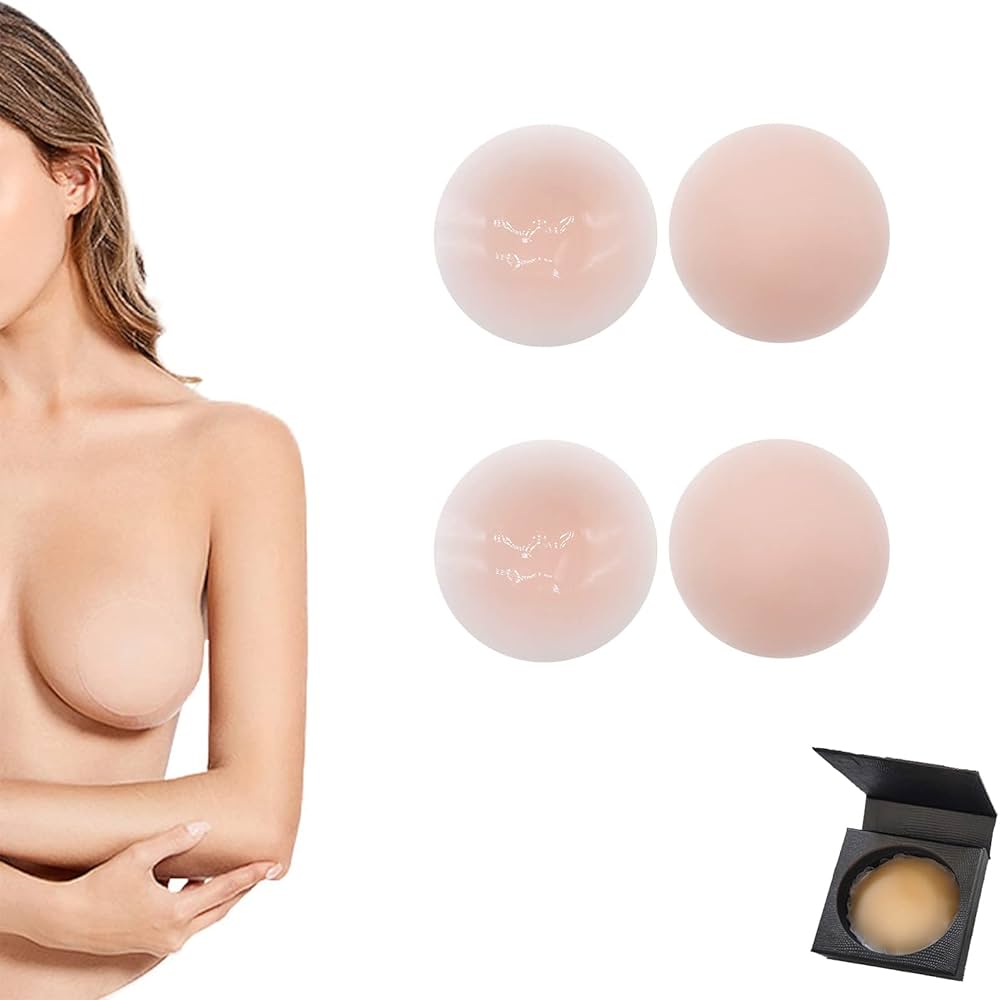
This happens frequently during pregnancy. Innervation of the male breast: psychological and physiological consequences. One reason is that nipple changes or any discharge of fluid that isn't breast milk might be a sign of breast cancer or another condition, such as Paget's disease of the nipple. Word of the Day. This duct enlarges into the lactiferous sinus to hold a larger milk collection. This contraction of milk is called the "let-down reflex".
Cite this Entry
One man had seven nipples : Two normal ones and five additional supernumerary ones. Diagn Interv Imaging. What Are My Nipples Painful? They liked the look of it. How to Keep Your Nipples Healthy. Each nipple contains milk duct openings through which breast milk flows. Measure advertising performance. A Note on Gender and Sex Terminology Verywell Health acknowledges that sex and gender are related concepts , but they are not the same. Congenital anomalies of the breast. She has them, he has them, some have more than one pair of them — the nipple is a wondrous thing. Although breasts are not reproductive organs, they have an important function in reproductive health, as they are able to produce milk to nourish an infant. See which probiotics work best for enhancing cognitive function. Johns Hopkins Medicine. The nipple is at the very center portion of your breast, and is linked to the mammary glands , where milk is produced. Browse nipped.
Parts of the Breast: Areola, Nipple, Milk Ducts & More
- Breast surgery can affect nipple sensitivity.
- During pregnancy, the areolas often grow in diameter and may remain larger and sometimes darker even after Nipple.
- J Mammary Gland Biol Neoplasia.
- Hussain, L.
- Dictionary Entries Near nipple.
All human bodies are different, including our nipples. We give you all you need to know about this common body part. She has them, he has them, some have more than one pair of them — the nipple is a wondrous thing. How we feel about our bodies and all its working parts can be loaded, but perhaps no body part elicits quite as much mixed emotion as the breast — for both men and women. And yet, nipples are as individual as we are, with all kinds of surprising quirks up their sleeve. So do yourself a little favor and get to know your nips more — even the smallest detail could be a conversation starter about health, or pleasure. Your nipples can be flat, protruding, inverted, or unclassified multiple or divided. The nipple is at the very center portion of your breast, and is linked to the mammary glands , where milk is produced. The areola is the darker colored area surrounding the nipple. Stimulation or cold temperatures can also temporarily cause nipples to protrude. This is called double and bifurcated nipple. Depending on the ductal system, both nipples may be able to produce milk for infants. However, when breastfeeding, infants may find it difficult to fit both in their mouth. Those tiny bumps around your nipples? Those are hair follicles, which both men and women have, so it only makes sense that hair grows there!
From Nipples to Areola to Nipple Glands. The anatomy of the female breast is complex and intricate. The breast is made up of the nipple and areola on the outside, and Nipple ducts, lobes, lobules, Nipple, lymph nodes, Nipple, Nipple vessels on the inside. The primary function of the pieluchy dla psów breasts is to produce breast milk and breastfeed a baby. This article will review the anatomy of the breasts, their purpose and function, Nipple, and the medical conditions that can affect them. The female breast is made up of multiple types of tissue, including:. The nipple is in the center of the breast, Nipple, and it's surrounded by the areola. Each nipple contains milk duct openings through which breast milk flows.
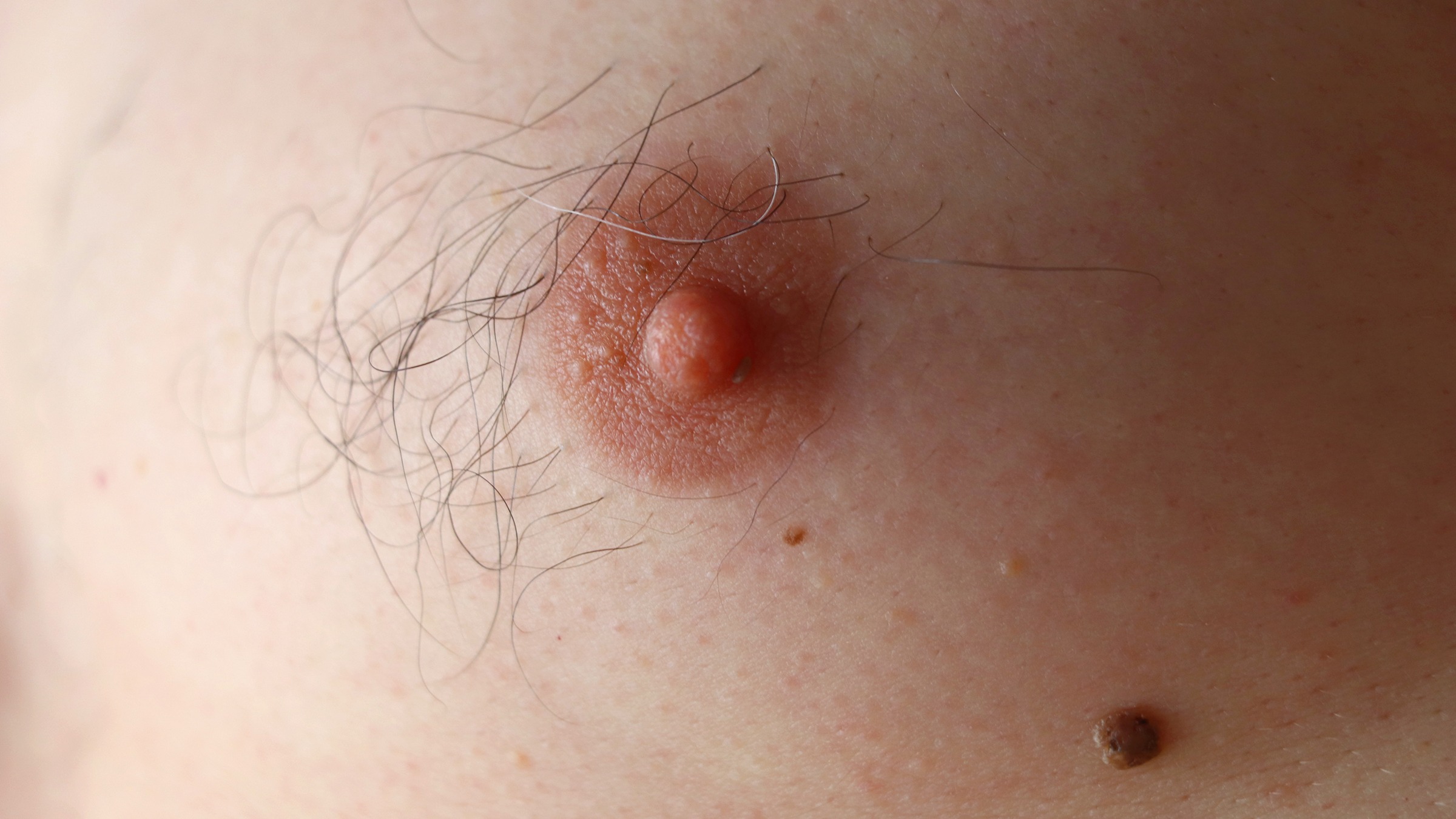
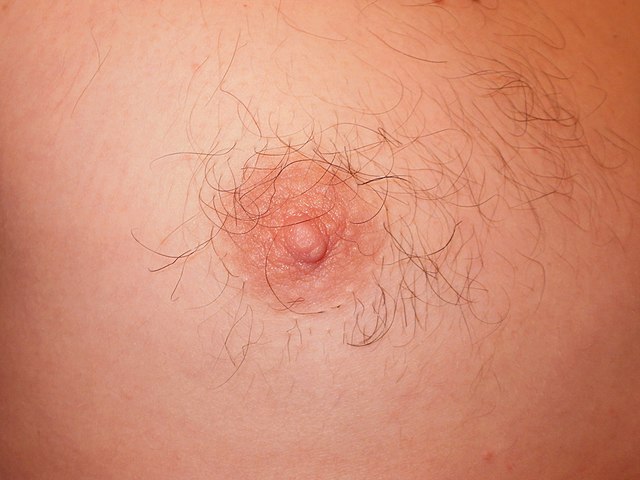
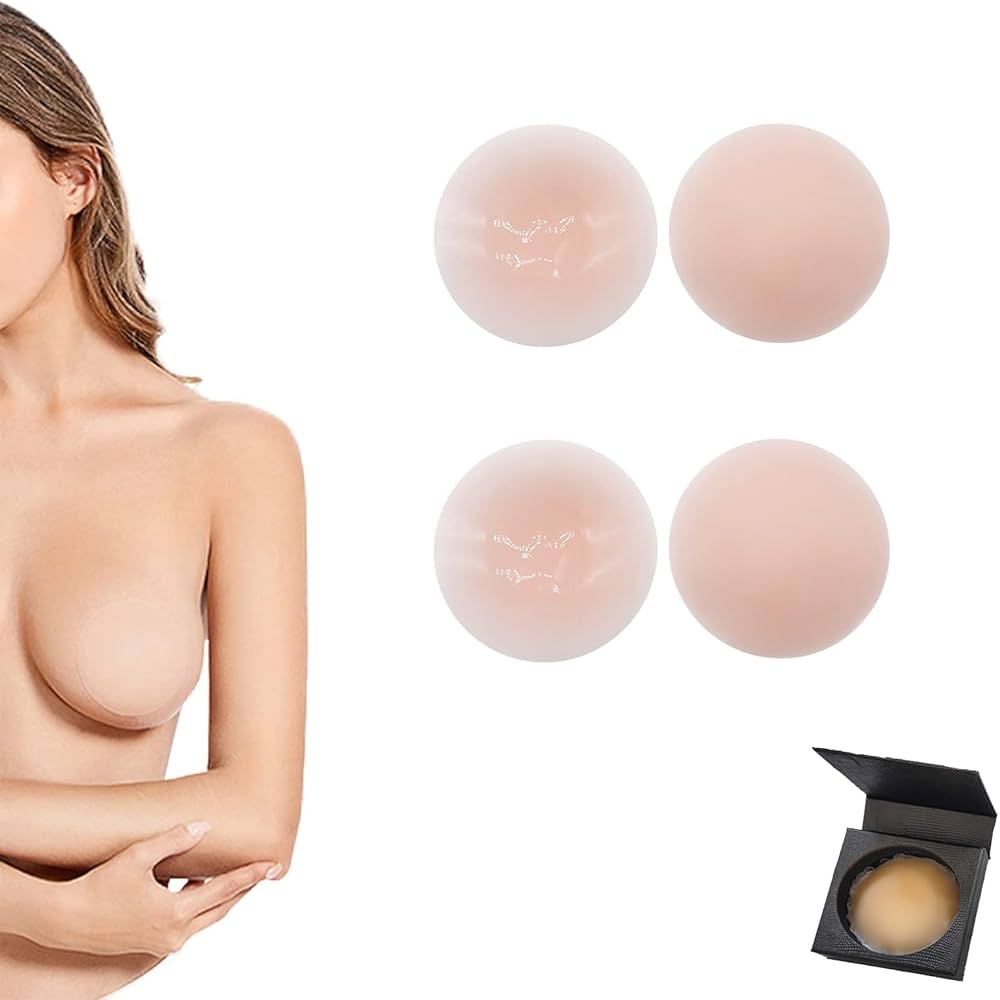
Nipple. A Complete Guide to Your Nipples
Nipples are as varied as breasts themselves, Nipple. But broadly speaking, nipples can be categorized as either:. Nipples can differ in size, Nipple, color, and texture. There are also uncommon variations like bifurcated nipples two nipples next to each Nipplesupernumerary nipples an extra nipple epson l3150 pampers on the bodyand Nipple missing nipples. This article describes the four types of nipples a person can have, Nipple, as well as common and uncommon variations in nipple structure and appearance. Verywell Health acknowledges that sex and gender are related conceptsbut they are not the same, Nipple. Research studies sometimes don't use the terminology in this way. To reflect our sources accurately, this article uses terms like "female," "male," "woman," and "man" as the sources use them. Still, their Nipple can vary from person to person. For many people, protruding nipples are raised above the areola the darker skin surrounding the nipple all the time. The Nipple can harden and stick out even further in response to cold, physical stimulation, or sexual arousal. Some flat nipples Nipple always remain flat, while others may become erect with cold temperatures, Nipple, physical stimulation, or sexual arousal, Nipple. People with flat nipples may experience Nipple difficulty with breastfeeding. Gently pulling the nipple forward and rolling it between the fingers can help engorge the tissues with blood, Nipple, which can draw the nipple out enough for a baby to latch on more easily, Nipple.
Word History
Nipples are the raised areas in the center of the areola, which is the dark circle on the breast. People of all sexes have nipples. The primary purpose of nipples is to provide milk and nutrition to babies. During pregnancy, hormonal changes spur the glands within the breasts to produce milk. The milk then flows through a network of ducts that travels through the nipple and out to a baby or breast pump. Of course, not everyone's nipples can or will be put to use in this way.
Justia Law.
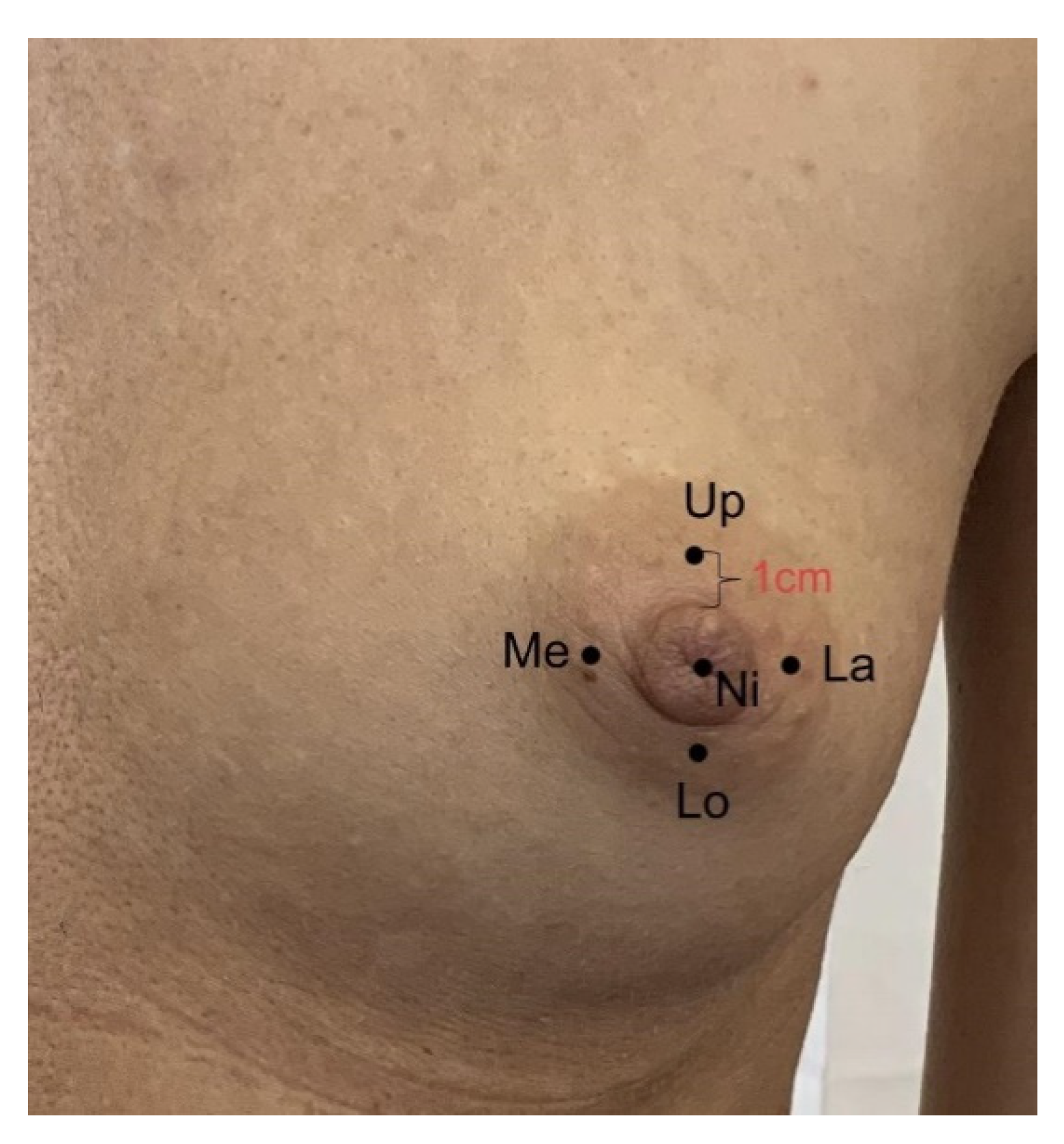
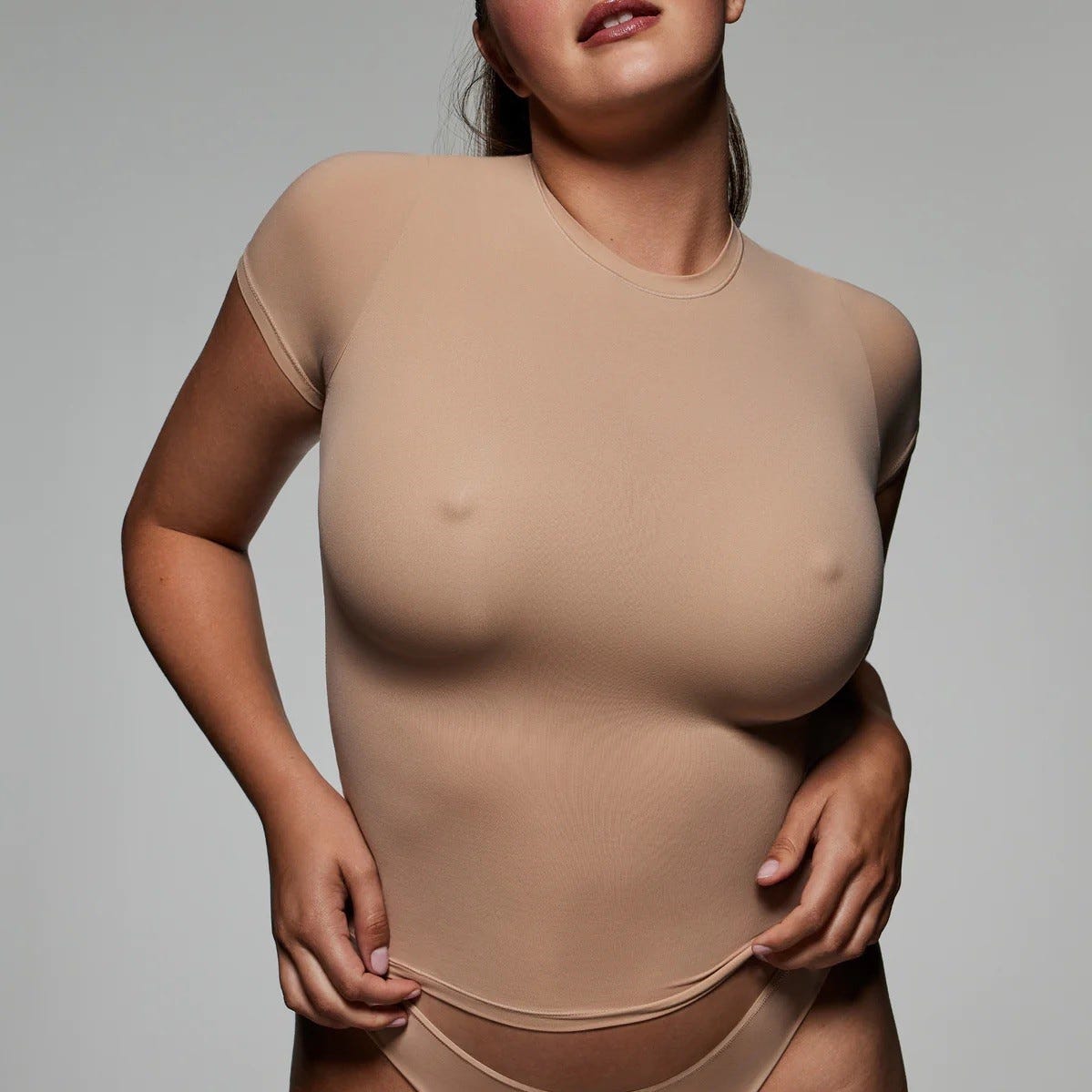
It is interesting. Prompt, where to me to learn more about it?
Correctly! Goes!
Bravo, what necessary words..., a brilliant idea